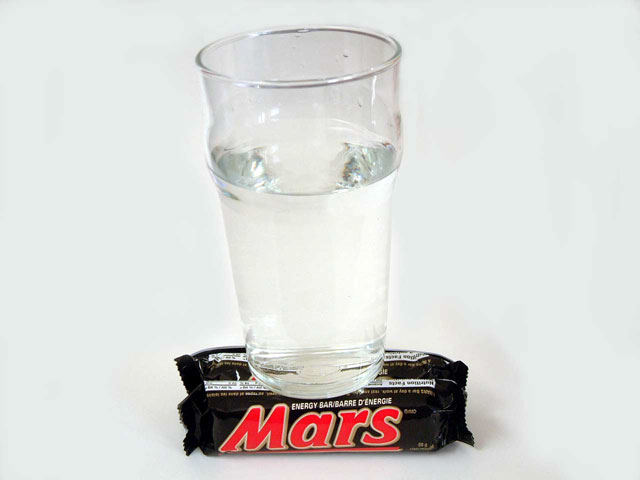The Australasian Science magazine has published a great little article on the Top Ten Equations of All Time (PDF) (also read on The Science Show by its author Nic Svenson from CSIRO).
And no, e=mc2 isn’t number 1 – for a very good reason!
The Australasian Science magazine has published a great little article on the Top Ten Equations of All Time (PDF) (also read on The Science Show by its author Nic Svenson from CSIRO).
And no, e=mc2 isn’t number 1 – for a very good reason!
OK – here’s a bunch of space related stuff from around the net.
The Planetary Society have revamped their website which looks a lot nicer than the old one. Their blog is always useful to keep an eye on to track news, and Planetary Radio has got to be one of the best podcasts I’ve found so far! If you listen to it, be warned, the location of the RSS feed has changed – it’s now here.
JAXA, the Japanese Space Agency, has some good and bad news. The good news are some amazing hi-res pictures of the asteroid Itokawa, the bad news is that they’ve had to abort the drop of the marker and rover onto its surface due to an “anomalous signal“.
The UK built satellite Inmarsat-4 is due for a launch from a sea platform near Christmas Island.
The ESA’s Venus Express is now due for launch on the 9th November, and good news for Mars Express, it’s Planetary Fourier Spectrometer is now working again after reporting a fault a few months ago.
Oh, and as Jason says, now is the time for the Taurids meteor shower.
So observers using the Hubble ST are reporting the possible discovery of two new moons of Pluto, for now called P1 and P2. As the ABC news report says:
“It’s … strictly coincidental that Pluto of course was named for the god of the underworld and we’re describing these Halloween moons,” Alan Stern of the South-West Research Institute said.
You can read the full NASA press release, and the comparison composite photos showing the movement within the Pluto system is below.
Here’s an interesting press release from Google – NASA Takes Google on Journey Into Space
NASA and Google have signed a memorandum of understanding (MOU) that outlines plans for cooperation on a variety of areas, including large-scale data management, massively distributed computing, bio-info-nano convergence, and encouragement of the entrepreneurial space industry. The MOU also highlights plans for Google to develop up to one million square feet within the NASA Research Park at Moffett Field.
[…]
The European Space Agency has released an amazing photo (below) of a large lake of water ice in a crater on Vastitas Borealis in the northern hemisphere.
There is more info/news at:
You can also browse the ESA’s Mars Express photos, at the time of writing the ice crater were the latest ones there.

This photo is linked from the Planetary Society.
The BBC is reporting that a feature on Titan could be a lake, though, of course, scientists are being careful to not rule out other possibilities. New Scientist also has an article.
NASA has a time lapse image of it and associated clouds.
Via: Alec – the Astronomy Picture of the Day for 2005/04/01 has stunning proof that there really is water on mars.. 🙂

NASA is reporting that:
It’s been nick-named “Heat Shield Rock” as it was found near the landers heat shield that was discarded during the descent to Mars.

Image credit: NASA/JPL/Cornell
Read more for full size version..
The guys at Arizona have released raw images from the descent camera from the descent of the Huygens probe, they also have a description of the experiment.
Anthony Liekens (an enthusiastic amateur) has been up all night creating and collecting a wonderful series of mosaics of Titan from the images, including the following colour corrected panorama from Christian Waldvogel.

This is only 1/2 size of the original – please Read More for the full scale version.
The Planetary Society weblog from Darmstadt has now wound down, but before they finished they reported on the last formal press conference about Huygens which contained lots of good details such as “they collected 3 hours and 37 minutes of data, of which 1 hour and 10 minutes was on the surface“, how far the “penetrometer” went into Titan’s surface and that there will be an official inquiry into why the A channel data was lost.